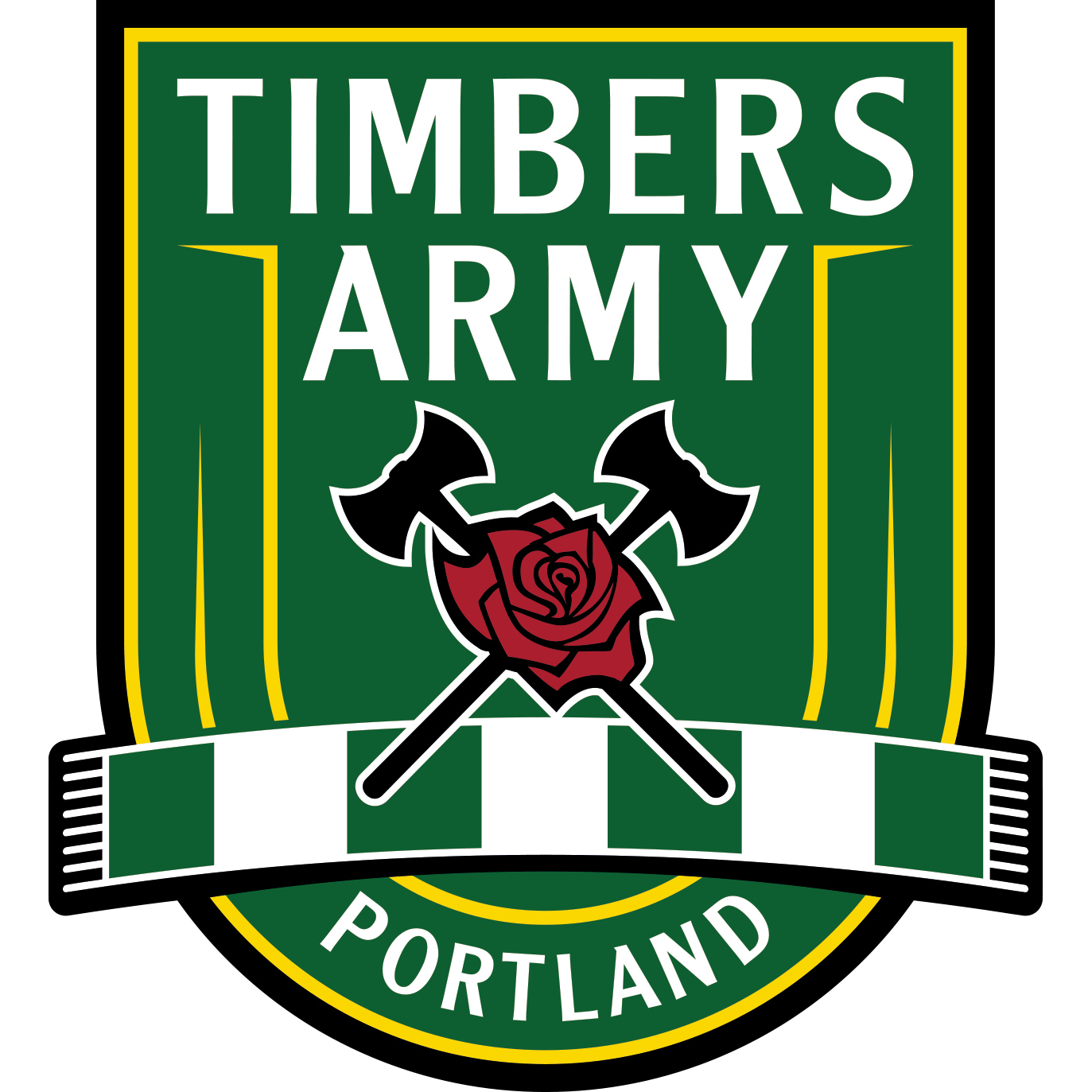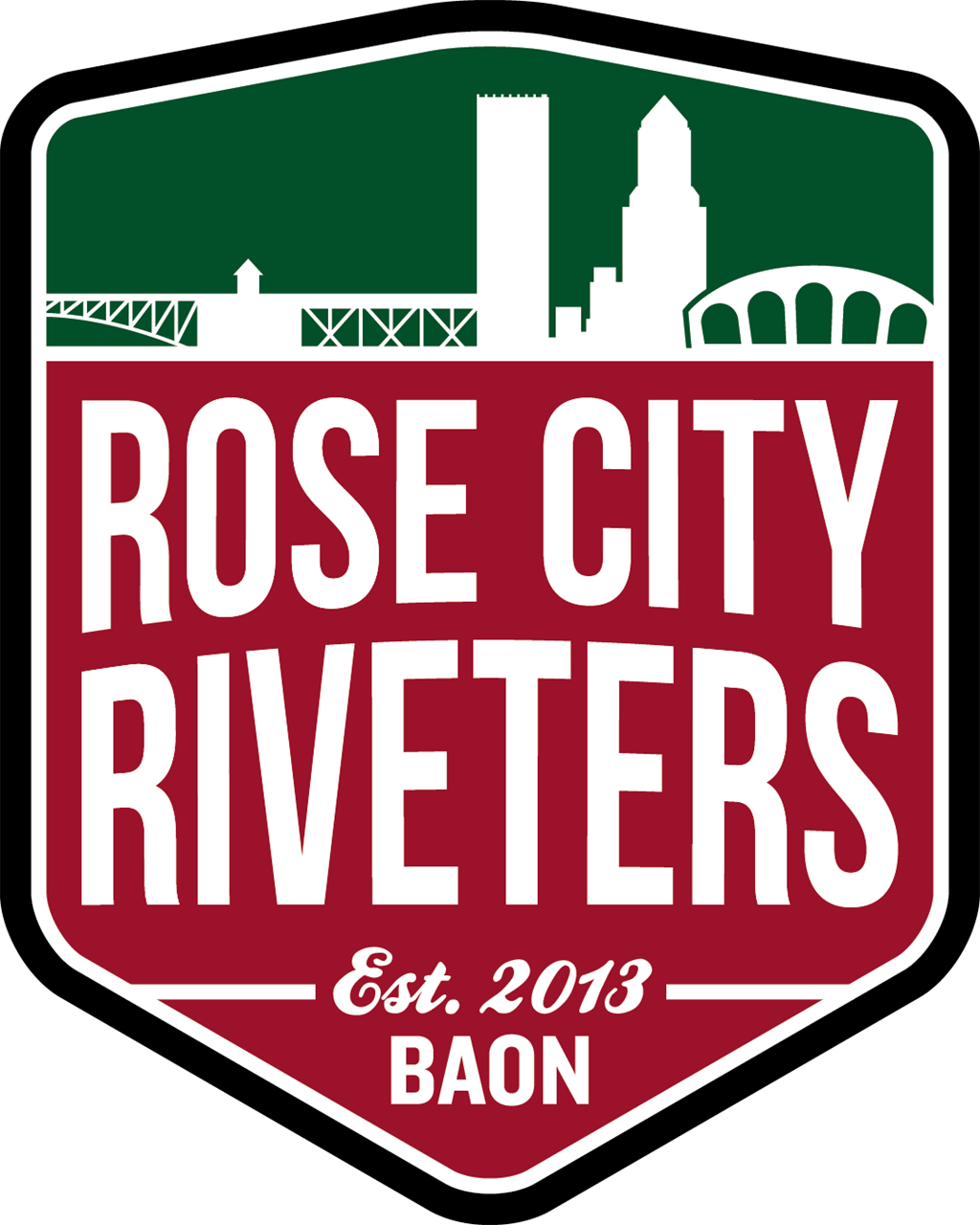—by Chris Rifer
With just hours to go before the Portland Timbers try to climb the mountain that is their two-goal deficit to Real Salt Lake in Leg Two of the Western Conference Final, there are a few tactical questions that remain unanswered. Below, I look at the three biggest decisions Caleb Porter has had to make this week.
The Setup
The first and biggest decision Porter has ahead of Sunday evening’s fixture is how he sets his team up against RSL. Throughout 2013, Porter has consistently bent the Timbers’ typical setup to try to flood the midfield and create numbers and spacing advantages among and around the Claret-and-Cobalt’s diamond. Porter is rarely specific about tactical tweaks he made to take advantage of an opponents’ setup, but more than once after disappointing results against RSL, Caleb has specifically referred to Salt Lake’s diamond midfield as a reason for a tactical choice. Hyperbolically put, Porter has been uniquely focused in 2013 on out-chessmastering RSL’s diamond, only to find himself giving up his king at the end of the day.
While Porter’s moves have been in line with the gaffering orthodoxy’s prescribed antidote to a diamond midfield, seeking to force the diamond to stretch and open up spaces inside or stay narrow and provide acres of green on the touchlines, they haven’t worked against RSL.
Such tactics really only work when you’re successful at creating the numbers mismatch in the midfield. RSL’s forwards, however, and willing and capable defenders, which two weeks ago meant the Timbers were bending themselves out of shape to get into a six-v-six battle that they had a hard time winning. When RSL would turn the Timbers over near midfield, they were effective in playing the ball into the underbelly of the Timbers’ formation between the sitting defensive central midfielder and the two centerbacks, and then sending runners into one-v-ones with the centerbacks and little, if any, pressure on the ball.
Porter appears to have learned his lesson, however. At the end of an extended interview with John Canzano, Caleb tipped his hand to his tactical approach this time around. Talking about his team’s preparation against RSL, Porter said “This week, I don’t think I’ll talk much about Salt Lake at all.” Porter continued, “I don’t care if they’re playing a diamond . . . I think it’s just going to have to be about us.”
Accordingly, don’t be surprised to see the Timbers go back to their bread-and-butter leftern lean, with nominal right wing Darlington Nagbe floating central, Rodney Wallace on the touchline, and the Timbers trying to draw RSL into a tight-spaces battle on the left side of the field while looking to make quick switches to a selectively marauding Jack Jewsbury likely isolated against Lovel Palmer.[1]
Such a setup fits the Timbers’ natural shape, allows them to provide a little bit more defensive cover by holding at least one fullback at a time, and creates space for one of the Timbers’ top performers in the playoffs.
The Playmaker
By all reports, Diego Valeri is as fit as he can be with a sports hernia of some significance. While he was held out of practice last week and early this week, the Timbers’ conservatism with Valeri has been part of a pattern over the course of the last several weeks. Accordingly, it’s reasonable to expect Valeri’s absence from practice was more about getting him as close to 90 minutes fit as possible than treating any particular aggravation.
But there is no reasonable circumstance under which Valeri will be able to go 120 minutes if the Timbers get the game to extra time, which gives Caleb Porter a difficult choice. Down two goals, it’s hard to see Porter keeping Valeri out of the starting lineup. Simply put, this is no time to sit your best playmaker. Accordingly, it’s overwhelmingly likely Porter will start Valeri and let the chips fall where they may late in the game.
But it’s equally difficult to imagine the Timbers desperately chasing a goal in the 80th minute and pulling Valeri. The reality is, down two goals, the Timbers don’t need to throw caution to the wind too terribly early. Simply put, two goals can happen fast, which allows the Timbers to come out and play a soccer game rather than recklessly throw numbers forward from the opening whistle.
Considering this deficit is surmountable, the thought may occur to Porter to start Kalif Alhassan – whose form has been good over the last couple months of the season – and make the switch to Valeri at the half or, if the Timbers’ offense is already humming, into the second half. This would have Valeri fresh and on the field when RSL’s defense is at its softest, and allow him to play through extra time, if necessary.
As I said, I don’t think Porter will go to Alhassan at the start – and, to be honest, in his spot I would start Valeri – but looking to Kalif in the first half is something to at least consider.
The Closer
The final decision Porter has to make is with his forward rotation. It’s hard to imagine a circumstance under which the Timbers won’t be stretching for a goal late in the game, meaning forward substitutes will likely play a big role if the Timbers hope to advance.
Ultimately whom Porter taps off the bench will be largely informed by whom he starts. I think the skipper will go to Ryan Johnson at the start for two reasons. First, and as discussed above, the Timbers don’t need to fly forward from the start. As he has shown over and over this year, Johnson is the best systemic option Porter has up top. Johnson’s game is the best rounded of the forward options, providing a good link up option at forward, decent work rate, handy defense, and solid – if unspectacular – finishing.
Second, and perhaps more important, the other options at forward each have specific qualities that make them attractive second half substitutes. If RSL focuses on shutting down the middle and Portland has to go more direct and look to wide areas to send crosses into the box, Frederic Piquionne is a great option to rise above legged central defenders and nod one into the net. If the Claret-and-Cobalt are pressing high, either Maxi Urruti or Jose Valencia provide the athleticism that can threaten to get in behind RSL, and make them think about dropping their lines a little bit deeper and open up space for Darlington Nagbe and company.
With his all-around solidity, Johnson doesn’t present any particular quality that will scare RSL’s backline or force them to make any uncomfortable changes late in the game. Simply put, if you’re desperate for a goal late, it’s not the time for the patient buildup and general adequacy Johnson presents.
Starting Johnson and leaving Piquionne, Urruti, and Valencia on the bench, then, gives the Timbers a more consistent look up front to start, while leaving more potent bullets in Porter’s proverbial pistol late in the game. And if you’re looking for a goal to prolong your season late, that’s a very good thing.
Onward, Rose City!
[1] The idea of one-v-ones against Palmer should leave Timbers supporters’ tongues wagging vigorously.


